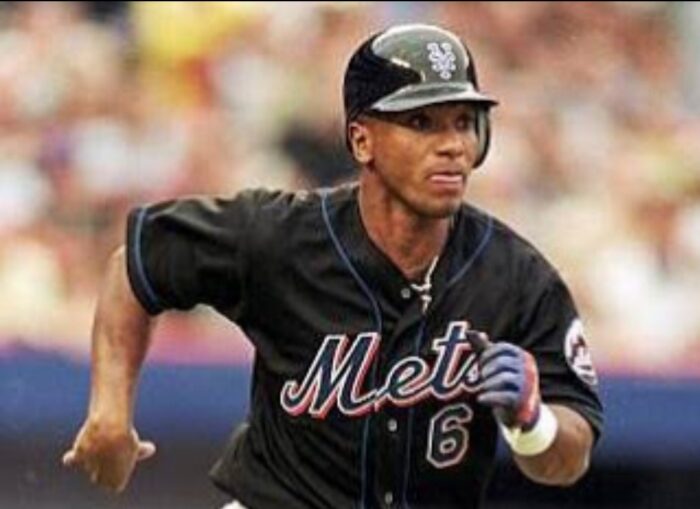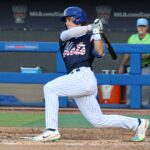
In May 2000, New York Mets shortstop Rey Ordonez was lost for the season with a broken left forearm suffered during a collision with the Dodgers’ F.P. Santangelo on a pickoff attempt at second base.
Kurt Abbott, a 31-year-old journeyman who came to Queens on a free-agent deal in the offseason and Melvin Mora, 28 and fresh off making his MLB debut for the Mets in 1999 (originally signed by Houston as a 16-year-old out of Venezuela) were both called upon to fill the gap left in Ordonez’ absence.
Mora got the bulk of the reps, and from May 30 through the end of June, he absolutely raked, hitting .318/.370/.506 with three homers and seven doubles in 92 plate appearances. Though, over the first three weeks of July, Mora’s inexperience began to be exploited (.197/.236/.318 in 74 PA).
With contention well within reach — as evidenced by the Mets’ thrilling run to the NLCS the year before and a ridiculously strong core in place — the front office was presumably spooked by Mora’s slump and set their sights on a true upgrade at the position.
On July 22, Mets general manager Steve Phillips and Reds GM Jim Bowden had a deal in place to send New York’s top outfield prospect, Alex Escobar to Cincinnati for perennial All-Star and future Hall of Famer, Barry Larkin.
Accounts on what happened next vary, but between a last-ditch effort (three years, $27 million, to be exact) to keep Larkin in Cincinnati and the Mets’ lack of motivation to commit to an extension after the trade (some kid named Jose Reyes was just beginning his ascent through the system), the deal fell through.
Larkin finished out his career in Cincy, and the Mets turned their attention back to veteran Baltimore shortstop, Mike Bordick, who had been floated as a trade target as early as June.
The Orioles asked for Mora in return — as well as minor leaguer Pat Gorman, right-hander Leslie Brea, and utility man Mike Kinkade — and everybody left the negotiating table pleased.
Bordick helped solidify the Mets infield, hitting .260/.321/.365 down the stretch and assisting in the team’s push to the postseason — Wild Card again, rats — but had a very tough postseason (4-for-33, eight strikeouts) before jamming his thumb in Game 4 of the World Series, ending his Mets tenure on a sour note.
Mora, on the other hand, blossomed — kinda. He’d go on to hit .291/.359/.397 with 14 extra-base hits in 222 plate appearances with the O’s over the rest of the 2000 season but took a considerable step back the next two years (.241/.334/.386 over 277 games from 2001 to 2002).
After finding his groove as a major leaguer — confidence was key — Mora exploded, earning his first All-Star nod in 2003 (.317/.418/.503, 15 homers, 17 doubles in 96 games) and following that up with an enormous 2004 campaign, hitting .340/.419/.562 (AL-leading on-base percentage) with 27 home runs, 41 doubles, and 104 RBIs.
From 2003 through his final season in Baltimore (2009), Mora compiled a .290/.360/.455 line with 130 homers, 185 doubles, just 590 strikeouts in 4,011 plate appearances, and a 113 OPS+ while expanding his defensive horizons to third base and left field.
While his unproductive years in 2001 and 2002 would have surely ended his stay in Queens with Reyes waiting in the wings, Mora went on to have a solid career.
Though, Mets fans will always wonder if Mora’s hot stretch over the last two months of 2000 would have carried over in the postseason and potentially pushed that team over the edge versus the mighty Yanks.















